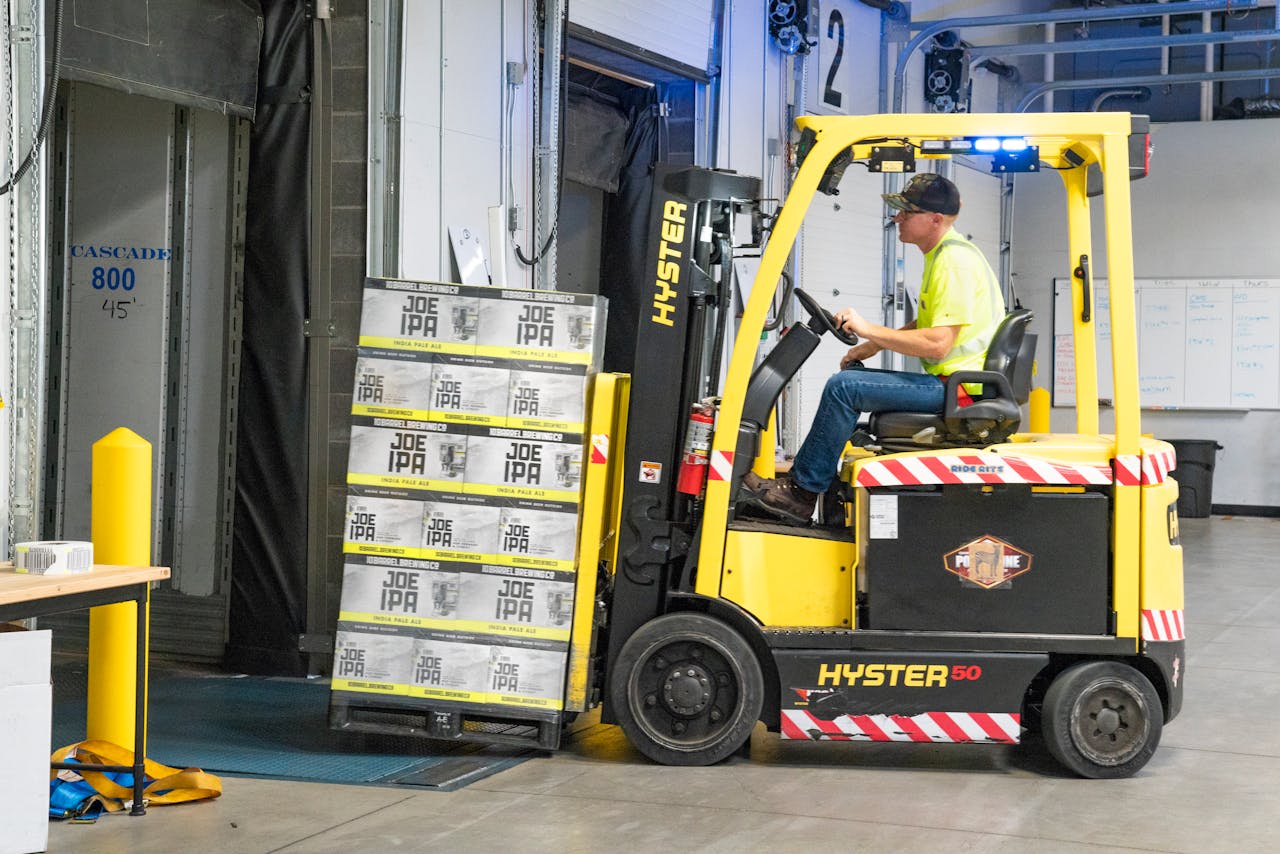Material Handling Innovations That Are Transforming the Supply Chain
This is a guest post by Ellie Gabel.
Today’s businesses that import and export goods depend on logistics companies to get their goods to the correct destinations on time. Advanced technologies are increasingly essential to achieving those desired outcomes. Many material handling innovations offer better consistency and reduce worker injury rates.
Explore what some decision-makers have chosen, and how they’ve implemented them so far.
Automated Cranes
Many port managers face the challenges of rapid expansion and capacity limitations, which they may overcome with automated cranes. Such was the case with Sri Lanka’s Port of Colombo, which recently built two automated ports to cope with increased regional and transshipment traffic, many of which originated in India.
Leaders believe their automation investments will elevate the port’s 20-foot equivalent unit (TEU) capacity. More specifically, they hope to achieve a 24 million TEU capacity by 2040 and accommodate vessels with a 20-meter maximum depth. Those overseeing these upgrades hope the improvements will attract approximately 250 ships making Indian Ocean crossings daily.
The technology deployed across the two new ports includes 58 automated stacking cranes and eight ship-to-shore cranes. Some of this new equipment features remote-controlled capabilities to increase precision and worker safety. Those familiar with the enhancements say the material handling technologies will maintain the port’s strong reputation.
Electric Forklifts
People importing and exporting goods with their businesses must stay increasingly aware of the best ways to minimize their carbon footprints. Stakeholder expectations, national net-zero targets, and other pressures require it. Fortunately, electric forklifts are easily accessible options that allow people in all parts of the supply chain to operate more sustainably. This equipment operates without exhaust fumes or toxic gases and needs no fuel to run.

Instead, people can charge the forklifts overnight and know that the equipment will run for hours when the workday starts the next morning without requiring fossil fuels. Additionally, because these machines have better maneuverability and faster acceleration than traditional kinds, many operators prefer using them. That is especially true since many people must work quickly to meet their employers’ expectations.
Since electric forklifts suit both indoor and outdoor environments, they are equally ready for action at ports, distribution centers or any other settings associated with the world’s supply chains. In one example of the material handling possibilities, officials at the Port of San Diego began using the first commercially available, large-capacity forklift. This model has a 25-metric-ton lifting capacity and over 100 kilowatt-hours of integrated energy storage.
Additionally, the forklift supports Level 2 or DC fast charging, with the former supporting eight-hour shifts and the latter enabling double that amount. This equipment was the first of six net-zero offerings leaders planned to deploy over the next 12 to 18 months. Such decisions show peers that they can choose greener machines to accommodate their material handling needs.
Intelligent Guided Vehicles
Material handling involves many repetitive tasks, causing many industry decision-makers to purchase purpose-built machines that could handle those responsibilities. Then, people can do more of the increasingly rewarding, value-added tasks.
The Port of Tianjin is Northern China’s largest, having forged connections with over 800 trade hubs in 200 countries. After facing staff recruitment and retention challenges, leaders created a smart container terminal there. The installed technology can operate wholly unattended, and it relies substantially on 76 intelligent guided vehicles (IGV).
These machines transport goods and have traveled millions of kilometers since their deployment. Additionally, since the equipment’s manual takeover rate is only 0.1%, port workers can feel confident that the machines will operate smoothly without disrupting their workdays. The industry average for instances where humans must intervene is as high as 6%.
However, the significantly lower rate at the Tianjin Port suggests that the people who chose the technology took the time to find the most appropriate options and tested them thoroughly before approving a wider rollout.
The machines also operate over the 5G network, which provides low latency for quick, effective communication. They are part of a larger digital transformation strategy at the port. Some other technologies leaders want to use include artificial intelligence and vehicles with level-four autonomous driving capabilities.
Expect More Material Handling Progress
These material handling innovations and others benefit importers, exporters and all other entities relying on resilient, high-performing supply chains. Industry professionals should stay abreast of other technological enhancements that could affect their work. Once executives hear about successful deployments — such as those mentioned above — they will feel more motivated to explore how high-tech products could streamline their workflows and optimize competitiveness.
This was a guest post by Ellie Gabel.
Author Bio
Ellie is a freelance writer who loves exploring the latest advancements in tech and science and how they’re impacting the world we live and work in. She’s also the associate editor of Revolutionized.com.





